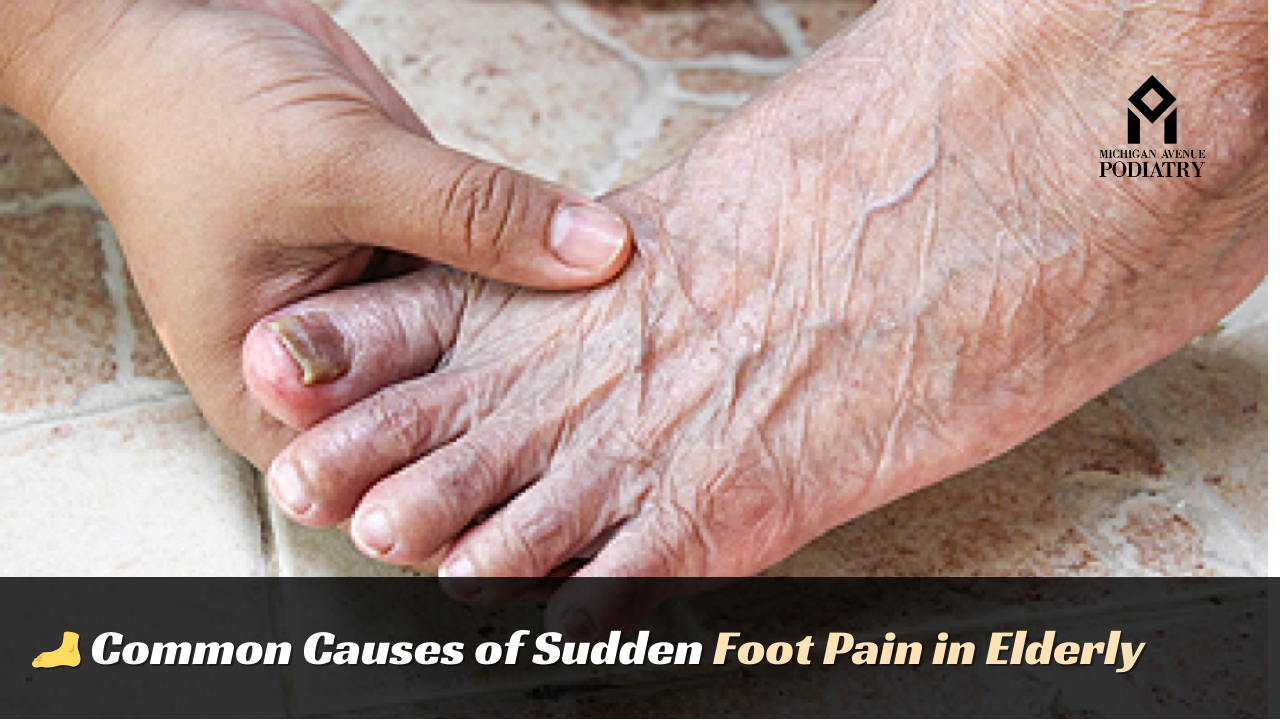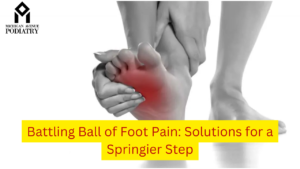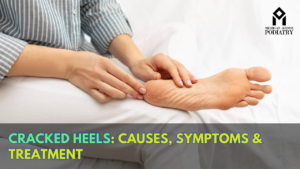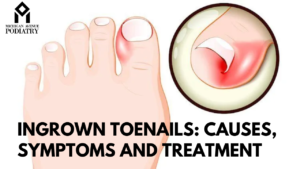As we age, our bodies undergo various changes, and our feet are no exception. For many older adults, sudden foot pain can become a disruptive and concerning issue, impacting mobility and overall quality of life. In this comprehensive guide, we’ll delve into the common causes of sudden foot pain in the elderly, shedding light on potential triggers and management strategies to promote foot health and well-being.
Exploring the Landscape of Foot Pain in Elderly:
Foot pain is a prevalent complaint among older adults, with a multitude of factors contributing to its onset. Understanding the underlying causes is essential for effective management and alleviation of discomfort. Here are some common culprits:
- Arthritis: Osteoarthritis and rheumatoid arthritis are common causes of foot pain in the elderly. Degeneration of joint cartilage and inflammation can lead to stiffness, swelling, and discomfort, particularly in weight-bearing joints like the ankles and toes.
- Peripheral Neuropathy: Peripheral neuropathy, often associated with conditions such as diabetes or vascular disease, can cause tingling, numbness, or sharp pain in the feet. Nerve damage compromises sensation and can lead to balance issues and increased risk of injury.
- Foot Deformities: Conditions like bunions, hammertoes, and flat feet are prevalent in the elderly population and can result in chronic foot pain. Structural abnormalities alter weight distribution and biomechanics, leading to discomfort and difficulty wearing shoes.
- Plantar Fasciitis: The inflammation of the plantar fascia, a thick band of tissue that runs along the bottom of the foot, can cause stabbing heel pain, especially with the first steps in the morning. Overuse, improper footwear, and biomechanical factors contribute to its development.
- Gout: A form of inflammatory arthritis, gout can cause sudden and intense pain, swelling, and redness in the joints, including those in the feet. High levels of uric acid lead to the formation of urate crystals, triggering painful flare-ups.
Navigating Management Options with a Podiatrist:
When confronted with sudden foot pain, seeking guidance from a podiatrist is crucial for accurate diagnosis and tailored management strategies. Here are some interventions commonly recommended:
- Custom Orthotics: Orthotic devices designed to support and realign the feet can alleviate pressure, improve biomechanics, and reduce pain associated with structural abnormalities or gait issues.
- Medication: Nonsteroidal anti-inflammatory drugs (NSAIDs), corticosteroid injections, or medications to manage underlying conditions such as diabetes or gout may be prescribed to alleviate pain and inflammation.
- Physical Therapy: Targeted exercises, stretching routines, and manual techniques prescribed by a physical therapist can improve strength, flexibility, and range of motion, promoting foot health and mobility.
- Footwear Modifications: Choosing supportive, properly fitting shoes with adequate cushioning and arch support can relieve pressure on painful areas and prevent further discomfort.
- Lifestyle Adjustments: Maintaining a healthy weight, managing underlying medical conditions, and incorporating gentle foot exercises into daily routines can help minimize foot pain and optimize overall well-being.
Empowering Older Adults for Foot Health:
By understanding the common causes of sudden foot pain in the elderly and seeking appropriate management options, individuals can take proactive steps towards alleviating discomfort and improving quality of life. Prioritizing foot health, seeking professional guidance from a podiatrist, and adopting a holistic approach to self-care are essential components of this journey towards enhanced well-being.




